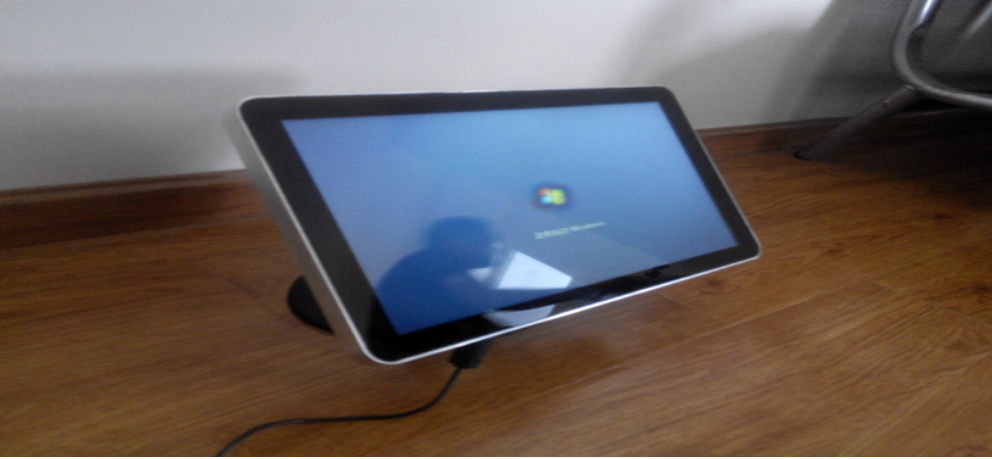 admin
admin  2021-02-07 00:53:37
2021-02-07 00:53:37
Smart phones have become a part of people's daily lives, and their functions have gone beyond the category of mobile phones. For many people, it is also an important scientific instrument, digital doctor, e-book reader, music player, tool for connecting to social media and countless other applications. With the increasing demand for the functions of smart phones, developers and designers must make smart phones more intelligent. For example, imagine a mobile phone that can learn the usage habits of each user and adapt itself, for example, move the volume keys on one side of the phone to the other according to the habits of the left and right hands. Or, users can use the touchpad on the back of the phone to control screen functions with one hand.
We can use capacitive touch sensing technology to implement these advanced functions relatively easily. Capacitive sensing technology can detect the presence and absence of conductive objects including the user's finger by measuring capacitance. This technology is also suitable for buttons, sliders, switches, touch panels, touch screens and proximity sensors, allowing designers to improve the design level of smartphones. This article mainly introduces the smart functions that mobile devices can use capacitive touch sensing technology to achieve.

Currently, touch screen user interfaces usually force users to use both hands to operate smart phones. Capacitive sensing technology allows designers to create a special gesture interface that allows users to operate the phone with one hand and use the thumb to control various functions. For example, a simple four-segment capacitive slider sensor on the side of the mobile phone can realize functions such as sliding up, sliding down, single click, double click, and long press. These functions can be used in conjunction with all smartphone applications to browse the screen, scroll up and down documents, or select/deselect icons. Such a one-handed interface can increase the convenience and simplicity of mobile phone operation, thereby greatly improving the user experience.
The capacitive touch sensors on both sides of the phone can detect the way and position of the user's hand holding the phone. Once the mobile phone can do this, countless functions can be realized. For example, the hand grip detection function can distinguish whether the user is left-handed or right-handed based on the position of the user's thumb, and then dynamically adjust the entire user interface according to the habits of the left or right hand, including adjusting the phone's volume keys, touch screen icons, and so on.